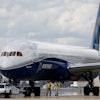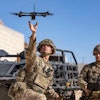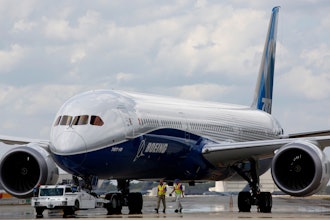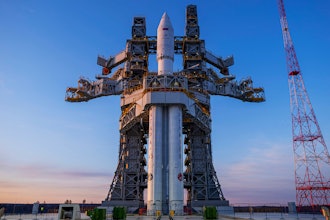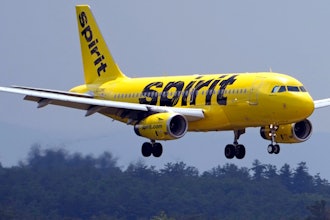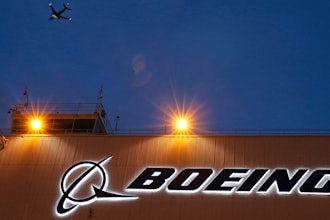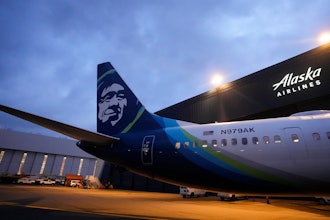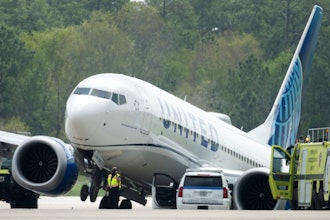PALM BEACH GARDENS, Fla. (AP) -- Pratt & Whitney's military program likely will take a dip as the company transitions from the legacy military engines it's known for making, but engine orders will pick up in a few years with an increase in production of joint strike fighter engines, the company's president said Thursday.
The East Hartford, Conn.-based company has ended production on engines for once-popular models like the F-22.
"Those production levels are kind of ramping down as really domestic deliveries for those aircrafts have ended and continuing on with kind of increasingly scarce international sales," President David Hess told reporters in Florida for the company's media day.
But he said that lull will pick up soon with an increase in engine production for joint strike fighter jets and tanker deliveries starting in 2016.
"We have a little bit of a dip now as we go through that transitional period, but long term again this is going to be a great growth engine," he said.
Military engines are the second-largest business segment for Pratt & Whitney and a sector where it has already made cuts as U.S. military forces have left Afghanistan.
When asked whether he anticipated additional cuts or restructuring because of the automatic federal budget cuts that took effect in March and declining military orders, Hess said they are always looking for ways to improve efficiency.
Hess did not say specifically whether the reduction in orders could lead to a workforce reduction.
Hess said the company has also made good on its 2009 promise to the Department of Defense to reduce costs on joint strike fighter jets, even though military officials have moved about 400 airplanes out of production since striking the deal.
The company is committed to reducing those costs for U.S. taxpayers and invested more than $60 million of its own money to make that happen.
Pratt & Whitney doubled deliveries of joint strike fighter engines from 2011 to 2012, but Hess said those numbers will be flat this year and remain that way until 2016 when he estimates an increase.
"Obviously there's going to be pressure on that number with sequestration and pressure on defense budgets ... but we know there's going to be growth," he said, adding that the engine has performed "extremely well in flight testing."
Hess also announced the company had struck a deal to provide up to 50 geared turbofan engines to Hawaiian Airlines.
Parent company United Technologies Corp. has spent roughly $1 billion to develop the geared turbofan engine, which the company says significantly improves fuel efficiency while reducing carbon emissions and noise.
The company said it has more than 3,500 orders for that engine.
